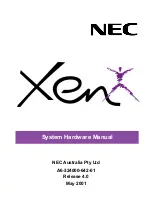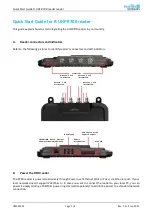
77
The operation of the command line is much the same as the other AMS
modules. Refer to the section earlier in this manual for a full description of
the command line.
FILES f1
LOAD Both music (m.) and text (t.) files may be loaded into the PRINTER
module. When a music file is loaded, its corresponding text file will also be
loaded, automatically, if it exists on the disk. A text file cannot be loaded if
no music file is present. Use the
←
key to switch between (m.) and (t.) file
types.
If the text file has a different name from the music file, it must be loaded
separately after loading the music file. If a text file is loaded which does not
correspond to the current music file, an effort will be made to match the text
to the bars. If the text is too long to fit a bar then the text will be truncated
within the bar.
The PRINTER module does not allow music files which contain more than
255 bars in voice 1. An error message will pop-up if this situation occurs.
You can avoid this situation by using the EDITOR to create smaller files.
The LINKER can be used to create larger files for playback.
SAVE. Only text (t.) files (lyrics) can be saved from this module. No music
editing facilities are provided within this module. Try and make sure you
give the text (t.) file the same name as the music (m.) file for subsequent
auto-loading. You may create more than one Lyric TEXT file for the same
piece of music. To do this, use a similar (but unique) name for the text (t.)
file.
CATALOGUE, RENAME and DELETE are also available from the FILES
Command Line as usual.
THE COMMAND LINE (PRINTER)
















































